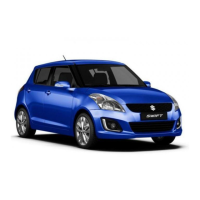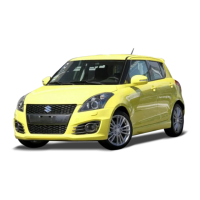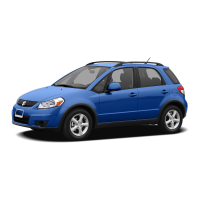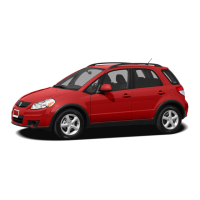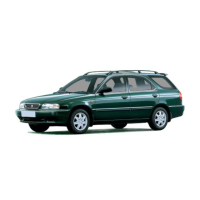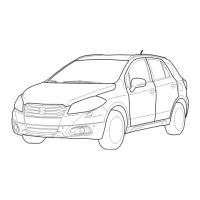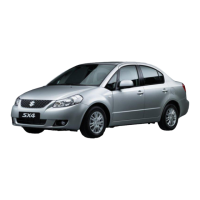10-34
EMERGENCY SERVICE
69TB-01E
Engine trouble: Starter does
not operate
1) Try turning the ignition mode to START
with the headlights turned on to deter-
mine the lead-acid battery condition. If
the headlights go excessively dim or go
off, it usually means that either the
lead-acid battery is discharged or the
battery terminal contact is poor.
Recharge the lead-acid battery or cor-
rect battery terminal contact as neces-
sary.
2) If the headlights remain bright, check
the fuses. If the reason for failure of the
starter is not obvious, there may be a
major electrical problem. Have the vehi-
cle inspected by an authorized SUZUKI
dealer or a qualified workshop.
Engine trouble: Does not start
Make sure that your vehicle has enough
fuel and battery.
If the engine does not start under very cold
condition, press the accelerator pedal all
the way to the floor and hold it while crank-
ing the engine.
Refer to “Starting engine” in the (P.5-13).
If the engine still does not start have your
vehicle inspected at an authorized
SUZUKI dealer or a qualified workshop.
• Do not operate the starter motor for
more than 12 seconds.
NOTE:
If the engine refuses to start, the starter
motor automatically stops after a certain
period of time. After the starter motor has
automatically stopped or if there is any-
thing abnormal in the engine starting sys-
tem, the starter motor runs only while the
engine switch is held pressed.
Engine trouble: Overheating
The engine could overheat temporarily
under severe driving conditions. If the high
engine coolant temperature warning light
comes on as overheating or the engine
coolant temperature gauge indicates over-
heating during driving:
1) Turn off the air conditioner.
2) Take the vehicle to a safe place and
park.
3) Run the engine at a normal idle speed
for a few minutes until the high engine
coolant temperature warning light goes
off or the indicator is within the normal,
acceptable temperature range between
“H” and “C”.
WARNING
If you see or hear escaping steam,
stop the vehicle in a safe place and
immediately turn off the engine to
cool it. Do not open the hood when
steam is present. When the steam
can no longer be seen or heard, open
the hood to see if the coolant is still
boiling. If it is, you must wait until it
stops boiling before you proceed.
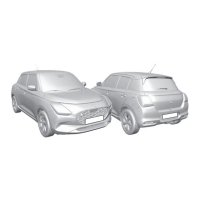
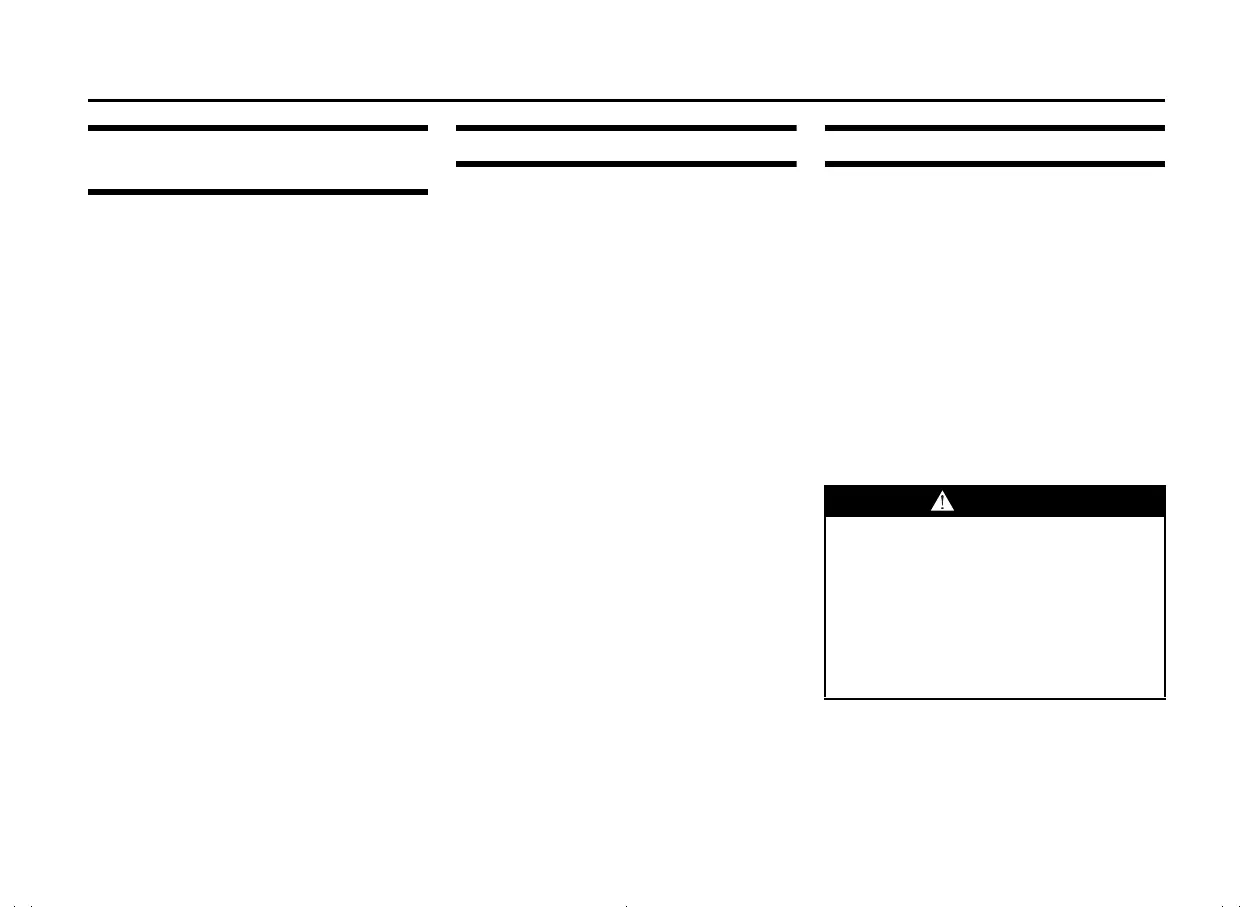